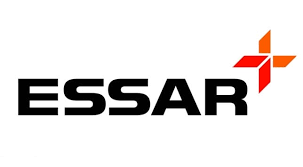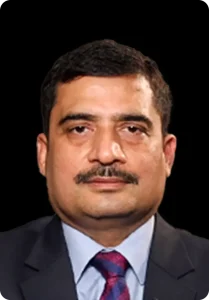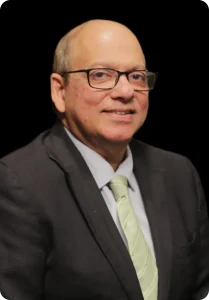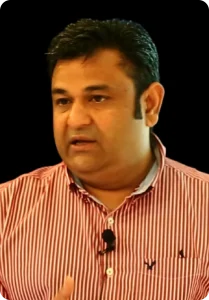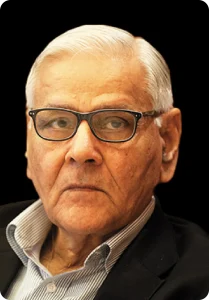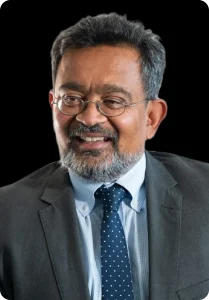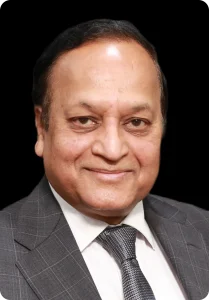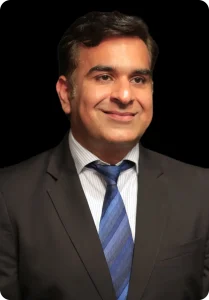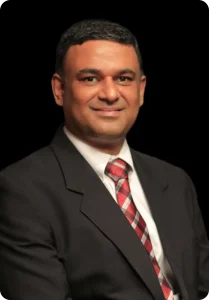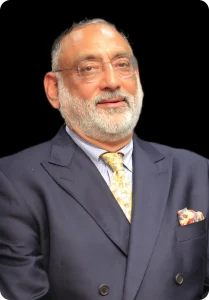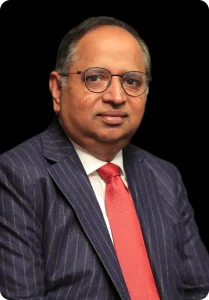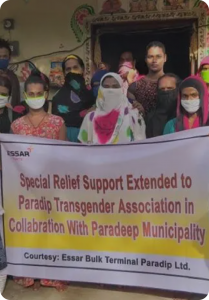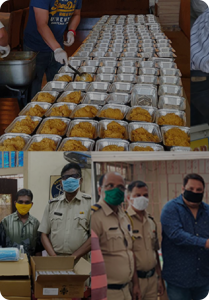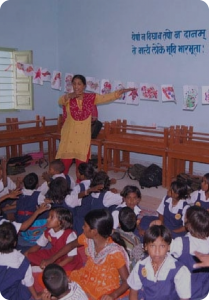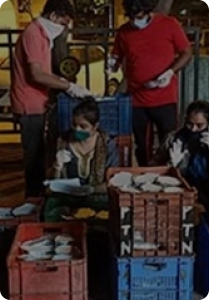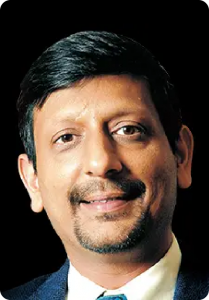ETEnergyworld
We are eagerly waiting for the commissioning of the Urja Ganga pipeline for sale of our entire gas to GAIL as per our gas sales and purchase agreement with them, said Tawde
Mumbai-based Essar Oil & Gas Exploration & Production Ltd (EOGEPL) will soon evacuate gas from the Raniganj block through GAIL’s Urja Ganga Gas Pipeline which once commissioned will become the energy lifeline of local industry, Vilas Tawde, Managing Director and Chief Executive Officer at EOGEPL tells ETEnergyworld in an exclusive interview. Edited excerpts..
Can you share a brief overview of the company’s current capacity, under-construction wells and future expansion plans?
Essar Oil & Gas Exploration & Production Ltd (EOGEPL) has invested Rs 4,000 crore towards the development of the Raniganj East Coal Bed Methane (CBM) Block in West Bengal, which is also the highest producing CBM field in the country having recorded a production of 1 million standard cubic metres per day (mmscmd) of gas. The Raniganj CBM field has nearly 350 wells, associated gas gathering and compressor facilities and about 300 km of infield and customer pipelines.
In the medium term, EOGEPL is planning to drill additional wells in the Raniganj block in accordance with the approved field development plan. In August 2018, EOGEPL signed a Gas Sale and Purchase Agreement (GSPA) with GAIL, which provides for a 15-year gas supply contract between the two companies. The GSPA allows EOGEPL to monetise its entire CBM production from the Raniganj block at a globally competitive price. It is expected that at peak production levels, the block will generate an annual revenue in the range of Rs 1,700 crore to Rs 1,800 crore.
What has been the impact on your business operations as a result of the Coronavirus outbreak?
The immediate impact was seen in the month of April when industries were shut due to lockdown but now things have eased out to a large extent. In the oil and gas sector there was an impact on crude oil prices and on demand and supply, which has been partly nullified with the Russia and Organization of the Petroleum Exporting Countries (OPEC) agreement, which had a soothing effect on the stabilisation of the Brent crude oil price to $ 40 per barrel. Also we had no such major capex plan for this fiscal year.
According to the Directorate General of Hydrocarbons, the potential CBM resources in the country stand at around 92 trillion cubic feet (TCF) across 12 states. How do you see the potential of CBM in the country?
The figure of 92 TCF in a coal bearing area of 26,000 square kilometer was arrived at historically during the CBM Policy announcement in 1997. We are aware that the Directorate General of Hydrocarbons is working towards the reassessment of the country’s hydrocarbon resources, including CBM. However, the challenge with CBM reassessment is unavailability of CBM reservoir data. Another unknown area is that of the balance coal bearing area in the country, most of which is under leasehold of Coal India Ltd. This area needs to go through proper evaluation and a resource modeling exercise. According to some estimates, this balance area can hold another 90 TCF of CBM resources.
The Damodar Valley Basin in Eastern India has been reasonably proved to be the best area for CBM development with six of the eight development blocks located there. Apart from the CBM blocks under development, Coal India under its 2015 CBM policy framework is also in the process of developing CBM across several blocks within their leasehold area. Two such blocks have already been offered.
Although the CBM policy came back in the year 1997, the actual production is still in single digits, which is around 2-3 MMSCMD with just 3-4 market players. What has been the reason for this ?
It is unfortunate that CBM development in India has not met with the success that was initially projected. Out of the 33 blocks offered, the majority has been relinquished or is under relinquishment. There are only eight development blocks currently. In fact after several years, the open acreage licensing policy in third bid round offered five CBM blocks. But it elicited limited interest as no bids were offered for those blocks. It must be understood that CBM exploration and development requires high cost and risk but marginal economics.
There have been reports of Damodar valley coalfields currently having the maximum potential for CBM. Do you also have made any such estimation keeping the expansion of your CBM projects in mind?
Out of the 92 TCF of the estimated CBM resources, about a third is available in the Damodar Valley Coalfields. The advantage of the Damodar Valley is that it is already in the commercial CBM projects map of the country. There is substantial additional potential in the coal belt, as also in the CIL leasehold area in the Damodar Valley, which is largely unassessed. India is at the threshold of a transformation in the natural gas sector with expanding gas marketing outlook and a growing importance of domestic gas. CBM development in Eastern India will be a key focus area since there is lack of conventional oil and gas in that region. Upcoming opportunities in CBM and Shale in the Damodar Valley belt will therefore always be on our radar.
What are your views on the newly launched Indian Gas Exchange?
It is a positive move which will definitely help the small producers like in the area of coal bed methane and also marginal buyers. It can facilitate the trading of CBM in a short term market through Exchange. It helps considering the 52 per cent share of imported gas in the country and the CBM price has to compete with this imported LNG price. However, it will be a while until the platform attains the maturity of the Indian Energy Exchange.
What are the key incentives you will be eyeing from the government side when it comes to CBM?
The regulatory and statutory clearances can be further expedited so that the projects can start on time. The pipeline infrastructure in the eastern part of the country would help in evacuation of gas. The inclusion of natural gas under the Goods and Services Act will definitely help in the transition to a gas based economy. The setting up of a gas exchange will also help in utilising every molecule of gas which we produce.
How the CBM technology is being practised in western countries and what is the learning for India?
In western countries they have thousands of CBM wells in multiple blocks and also the block area is huge and much higher as we have in India. The de-gasification of coal mines in western countries is a well-established practice performed using advanced technology and in line with a well-defined plan. In India, we are still in the adoption stage, particularly in extracting CBM from existing coal mining area.
What do you think are the major persisting challenges in the development of CBM technology in the country?
CBM development needs hundreds of wells to be drilled, and hence land acquistion is a big hurdle in an agricultural economy like India. Apart from this, about 40 odd clearances are required through CBM exploration to development cycle. The stranded nature of the blocks has also led to lack of interest in developing them. Operators have to invest a huge additional sum for pipeline infrastructure. These issues are compounded by the fact that cheap coal is widely available in the Damodar Valley which makes end users reluctant to use CBM gas.
What is the overall production the company is aiming in terms of CBM production and what are the future plans?
We have already reached a peak production of 1.2 mmscmd in our Raniganj asset. However, due to lack of sustained gas market, we have maintained a production in the range of 0.5-0.6 mmscmd. In fact, the block has nearly 350 wells with associated infrastructure which can produce upto 1.6 mmscmd. We are eagerly waiting for the commissioning of the Urja Ganga pipeline for sale of our entire gas to GAIL as per our gas sales and purchase agreement with them. Therefore, our immediate agenda is to ramp up to 1.6 mmscmd from the existing set of wells upon commissioning of the pipeline. With sustained cash flow, we plan to start the balance drilling and associated development task of around 250 wells, to achieve a sales volume of 2.6 mmscmd. We plan to invest around 900 crores over the span of 2 years for this expansion.
Source: ETEnergyworld

